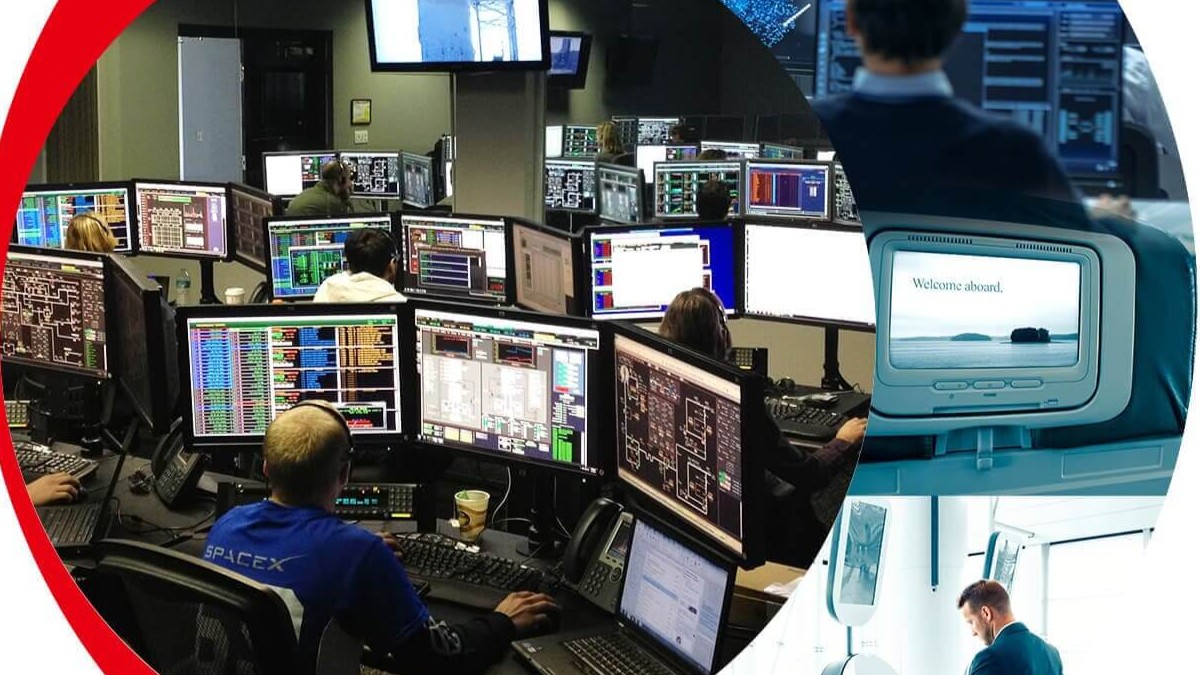As smart building, IoT, and cloud technologies advance rapidly, the demand for remote control and multi‑device integrated management across industries has surged. Any environment with multiple integrated devices needs a stable, secure, and efficient system that allows centralized monitoring and control—ensuring real‑time transmission of information and video. However, traditional single-point management struggles with large-scale, geographically dispersed deployments. In this context, KVM technology combined with AV integration solutions has emerged as a critical tool in the smart era.
What is KVM?
KVM (Keyboard, Video, Mouse) is a system that allows users to operate multiple computers or servers from a single control station. Early KVM setups relied on hardware switches for manual target selection. As technology evolved, KVM now supports high‑resolution video and USB device sharing for smoother operation.
With modern advances like KVM over IP, remote control extends across the internet—breaking geographic barriers. This evolution transforms KVM into more than a switching tool: it's a foundation for remote maintenance, centralized management, and cybersecurity.
Integration of KVM and AV Technology
In many applications, managing just keyboard, mouse, and video isn't enough—high‑resolution AV content must also be transmitted in real time.
AV integration plays a key role by unifying video, audio, and data streams onto a single platform with low latency.
Combined with KVM, this integration offers:
A single interface for centralized control, reducing cumbersome switching and setup.
Support for multiple formats and resolutions, maintaining high-quality visuals and sound.
Real-time monitoring and response, improving operational efficiency and safety.
Through this fusion, KVM evolves into not just a tool for managing multiple computers, but a core platform for multimedia and control systems.
Application Examples
Education:
In large digital campuses or multi‑classroom environments, IT administrators use KVM over IP to remotely manage classroom PCs, projectors, and cameras—enabling instant lesson switching, recording, and quick troubleshooting.
Traffic Control Centers:
For highway surveillance and metro dispatching, operators manage dozens of video feeds. KVM + AV integration allows quick switching with minimal latency, ensuring timely decisions.
Live Events:
Stage crews manage lighting, audio, and multimedia from a single interface—boosting collaboration efficiency.
IT Server Rooms:
Engineers remotely maintain, update, and troubleshoot servers via KVM over IP—reducing on-site labor and improving response.
Value for Smart Buildings & IoT
In smart buildings and IoT contexts, the value of KVM + AV integration includes:
Centralized management:
Consolidate devices from multiple floors or zones under one control system.
Immediate response:
Instantly switch to relevant devices when anomalies are detected.
Resource convergence:
Integrate AV monitoring, access control, environmental sensors, and IT systems for holistic efficiency.
AI integration:
Future enhancements could include AI‑driven real‑time video/data analysis—automatically switching to critical feeds and notifying operators when issues arise.
Conclusion
In today’s era of digital transformation and intelligence, KVM—enhanced with AV integration—is no longer merely a backend utility. It is a strategic solution for improving efficiency, ensuring security, and optimizing resources across diverse industry environments.
As AI, cloud computing, and IoT continue to merge, this technology will broaden its role—becoming the indispensable engine of remote management in the smart era.

.jpg)







.png)




